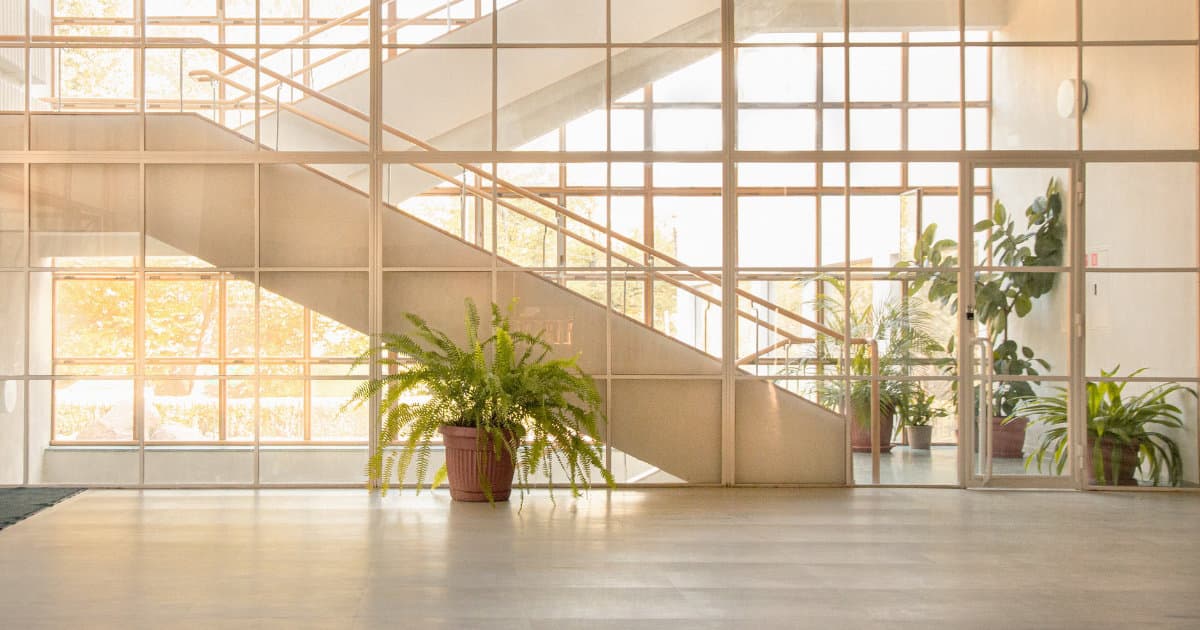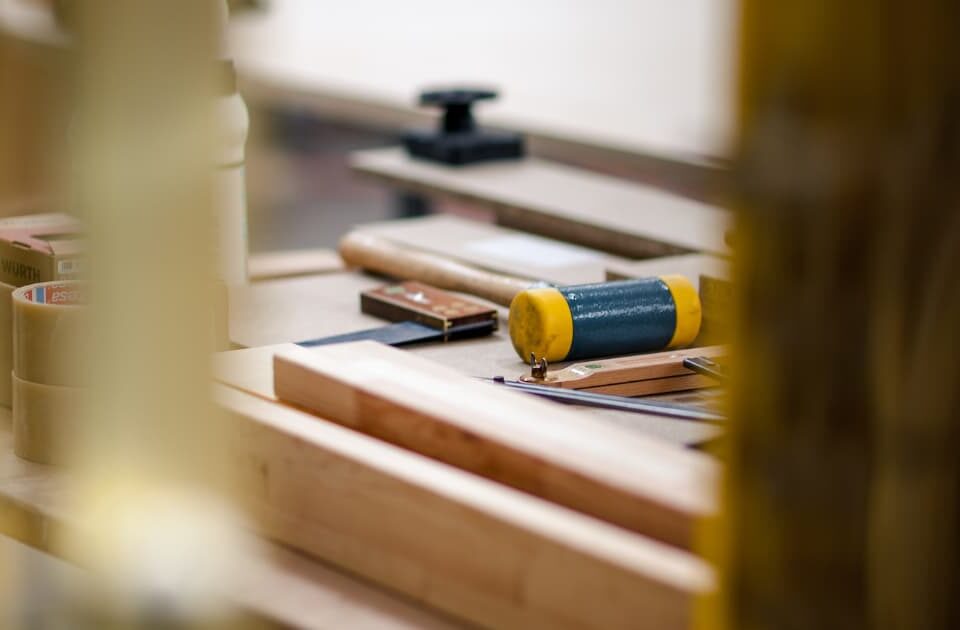Healthcare Interior Design: How It Can Improve the Patient’s Experience

Tips for Attracting Commercial Tenants
27th April 2022
Understanding the Psychology of Shop Layouts
25th May 2022What’s the first thing you notice when you step into a doctor’s surgery, a dental practice, a hospital, or any other type of healthcare facility? Unfortunately, the competency and reliability of the facility and their staff is not clear until you have spent time getting to know them and their treatment methods – and so for many patients, that initial trust and competency is judged almost entirely on the space that surround them (with a few testimonials thrown in for good measure).
In today’s society, what that essentially means is that the interior design and build of the surgery, facility, or practice is of the upmost importance when deciding whether or not to trust these professionals – with patients seeking the design they expect, and which makes them feel more settled and trusting of the entire process.
Enhanced trust means a better patient experience – and in this blog post we’re going to be exploring exactly how the right interior style and design creates that trust and experience.
Design areas to consider when creating a healthcare facility
As we move through the areas to consider when it comes to the interior design of your facility, pay attention to the link between well-maintained and refurbished spaces, and heightened trust and experience. This is because, as 21st century patients and consumers, we have been conditioned to believe that newer is better, with studies showing that patients can even recover faster and more efficiently in a space which they believe is newer and more up to date.
Accurate or not, this belief encourages us to feel in safer hands when we are somewhere that we consider to be refurbished and up to date, with the following design considerations all playing into this idea that better design = better service and care.
Professional design = Professional service

Following on from the above point about believing better design is equal to better service, patient trust can be enhanced and improved with professional surroundings and the kind of interior style that they expect to see in a healthcare facility.
This should reflect in the way you not only decorate but also add to signage to the facility, with terminology, sign placement, and furniture all needing to fit into the brand image and the kind of environment that you are looking to create.
Consider comfort to put patients at ease
Think about the reason why patients and clients are using your facility. In many cases, worry and concern are big factors in their reason for visiting, and so making sure that users are as comfortable as possible is key to helping relax and calm their nerves.
From the ergonomics and layout of the space to the physical comfort and quality of the furniture, putting more thought into the way a user interacts with your facility will help you to design and build a comfortable and functional space.
Bright spaces are more welcoming
This is true of any interior space, across healthcare, commercial, and residential properties and buildings – when the space itself is bright and open, the general feeling of the user is more positive, and they will feel infinitely more welcome and at ease.
Because of this, finding ways to use natural light and open up the interior will vastly improve the patient experience – starting with the reception or welcome area, and moving into private rooms and cubicles.
TOP TIP: Remember that the need for natural light and open spaces should be paired with the need for high level privacy in healthcare facilities – with a fine line drawn between a space which is welcoming and open, and one which is fit for purpose.
Branding
We touched on this point earlier, but it’s a good one to finish on because it is so often overlooked by the healthcare industry. Branding is, like it or not, integral to creating that memorable first impression which will keep patients coming back and will allow them to instil trust in your facility or practice.
Where possible, allow branding to transfer into the design and creation of the space itself – across signage, in the way you promote the space, in the colour and design of the furniture, and in the way you interact with patients and users. All of these touchpoints circle back to your brand and the way your healthcare business will be perceived – impacting the overall user experience.




